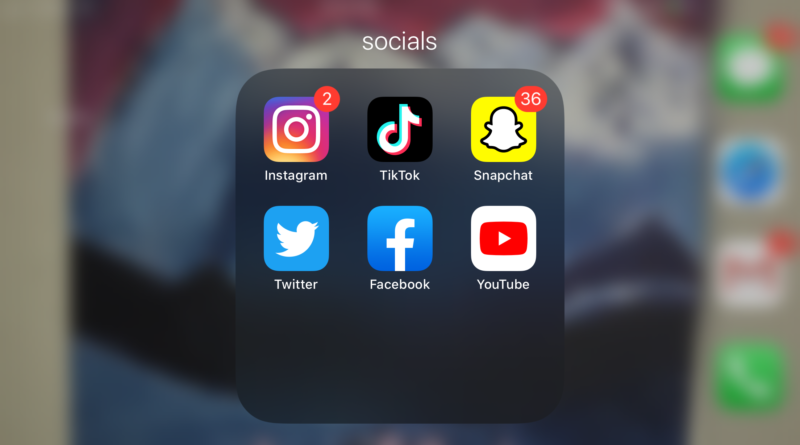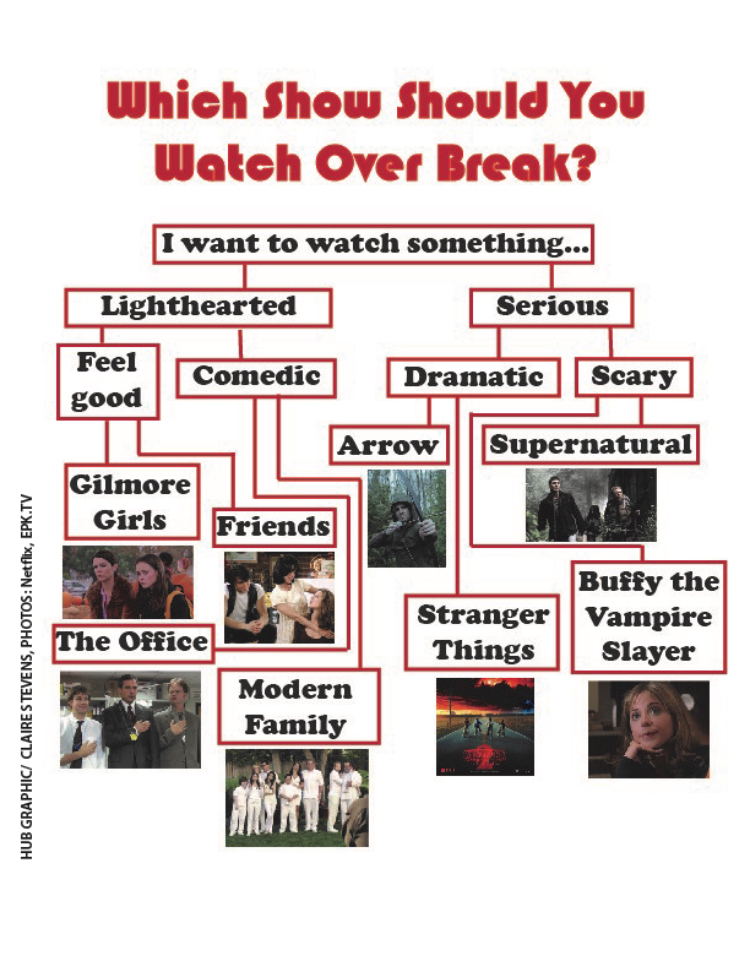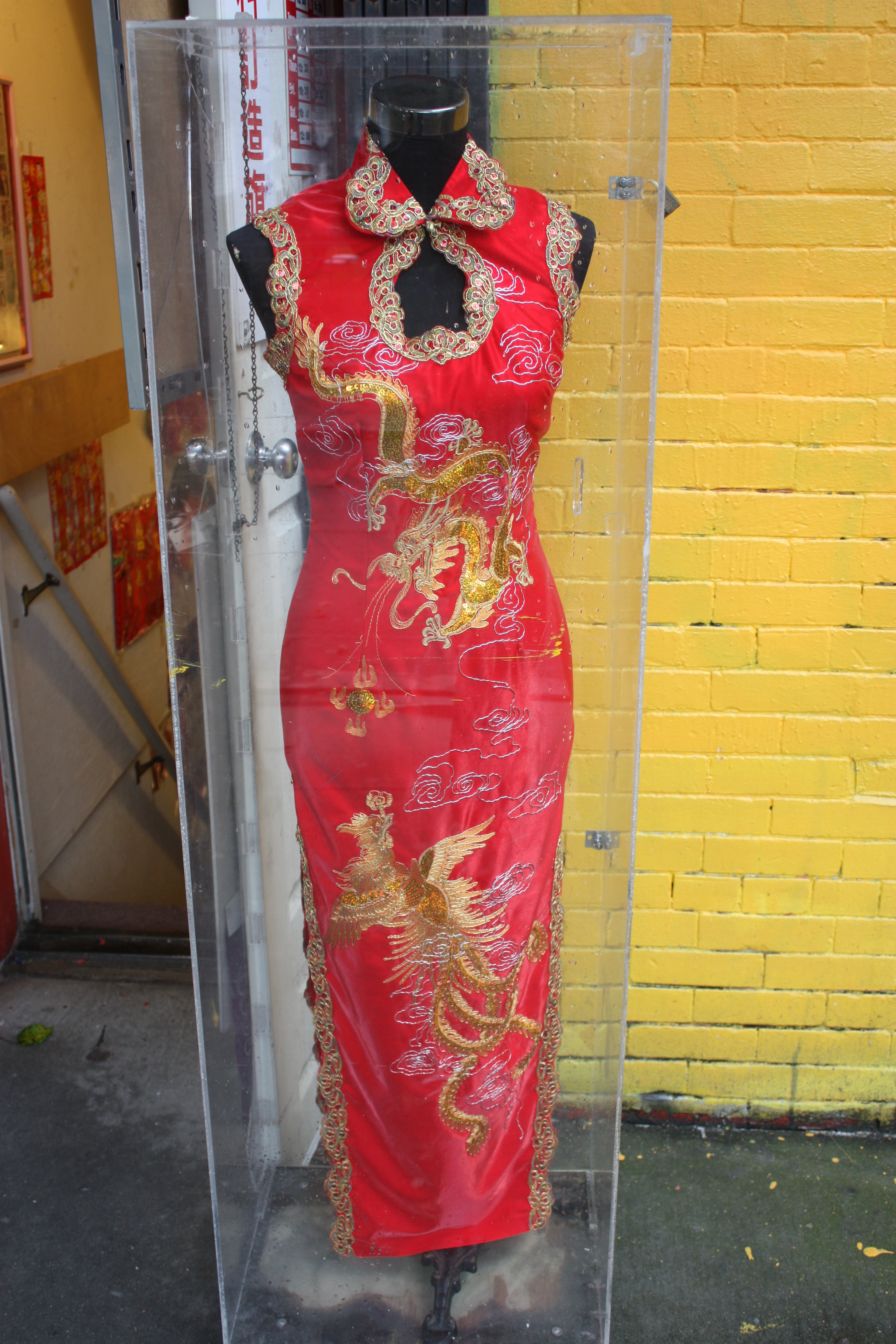OPINION: Teen memes serve as both coping mechanisms and jokes
PHOTO: With social media taking over the nation, popular apps like Instagram, Twitter and Tik Tok create a platform for people of all ages to share posts and relate to each other.
By Lyah Fitzpatrick,
BlueDevilHUB.com Editor-
Instagram posts joke about masking up for Coronavirus. Tiktok pages showcase teens pretending to avoid enlistment in “World War Three.” Twitter feeds fill with twisted comments about mental health struggles, garnering thousands of likes.
A meme is a humorous piece of media that is shared and copied, sometimes with slight altercations. As a meme’s popularity expands, it has the potential to become a trend and involved in social culture.
In a world of memes, one may wonder what the purpose is.
According to a Pew Research Center survey conducted in January and February of 2019, major social media sites like Snapchat and Instagram are especially popular for people ages 18 to 24. With this, I ask, who better to assess meme motivation than a teenager?
Using input from Davis High creators on social media and a psychiatrist, I formulated a conclusion: memes are most often used as either an internal/external coping mechanism, or simply for a laugh.
Essentially, the purpose of a meme depends on its subject matter.
Internal Coping
There are two types of memes that are often shared among individuals struggling to come to terms with their internal well being: dark humor and emotionally relatable messages.
According to a study completed by Scientific Reports in January 2020 regarding dark humor, “the […] mood improving potential of depressive […] memes were all greater amongst individuals with symptoms of depression.” In other words, testers who showed signs of depressive thoughts enjoyed darker memes compared to individuals without negative symptoms.
Likewise to dark humor, emotionally relatable messages attract potentially unstable viewers because of the community it creates.
“I really do think that, for a lot of people, I would imagine that it’s an easier way for them to share something that they’re really struggling with in a more lighthearted way,” said UC Davis child psychiatrist Dr. Joann Park. She believes that, by sharing personal conflict with others who can relate, an individual may feel comforted.
However, Park warns how sharing feelings for relatability can also be detrimental. “If the content is more self deprecating, kinda listing the mental health issues as a characteristic that’s inherent, that can’t change, then I don’t think it’s a healthy use of memes,” said Park.
External Coping
When a major issue grips the nation, or even the world, creators are at the ready to make a meme out of the situation. Twisting the concerning reality of the issue into a joke, the meme is passed on or recreated.
The reason for this? Humor is a method of dealing with fear. According to Dr. Gina Barreca in Psychology Today, “humor addresses the same issues as fear, not to dismiss them, but to strengthen our ability to confront them and then laugh them away from the door.”
DHS junior Hailey Treanor runs an Instagram meme account. She “wanted a place to put [saved memes] where others could enjoy them too.”
“[Memes] help normalize [dark stuff happening] and make it a little less intense and scary as it’s portrayed on the news and articles.”
Laughing at an altered exhibition of a serious issue can quell fears and calm stress.
Creating Comedy
Aside from providing coping mechanisms, the massive variety of memes can simply be used to spread laughter.
DHS senior Anatoly Stukanov created a Tiktok account after the Chinese created app gained major popularity. His main goal: “seeing people enjoy the content.”
“Following trends or memes is fun cause it is what’s popular or funny at the moment, and making a new twist on a meme and making people laugh […] is just fun,” Stukanov said. He focuses on the comedy, rather than comfort.




